Điểm nhấn
-
 Hội thảo “Thực trạng người Việt Nam hồi hương từ Vương quốc Anh giai đoạn 2014 - 2023”
Hội thảo “Thực trạng người Việt Nam hồi hương từ Vương quốc Anh giai đoạn 2014 - 2023”
-
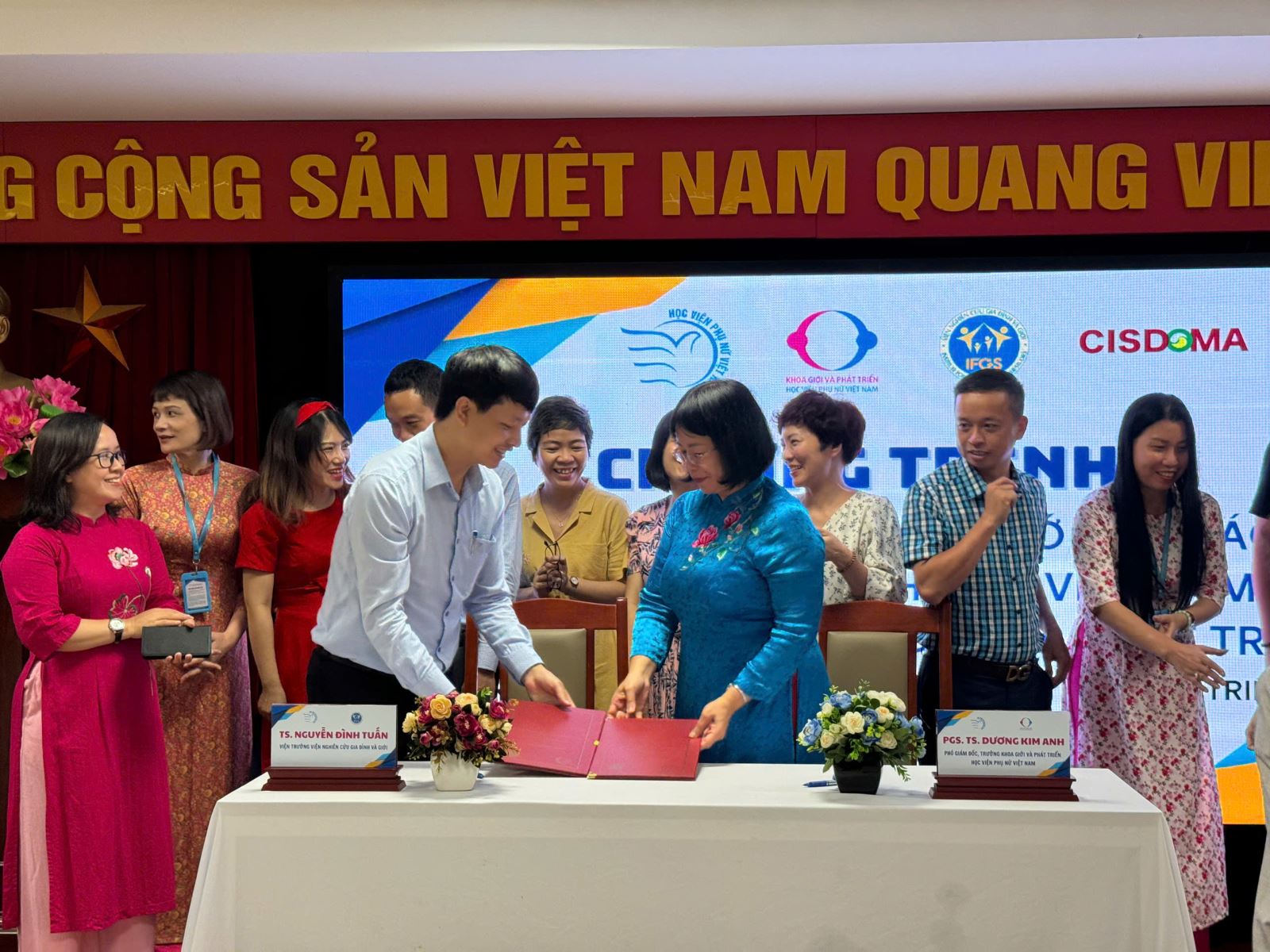 Lễ Ký kết biên bản ghi nhớ hợp tác giữa Học viện Phụ nữ Việt Nam với Viện Nghiên cứu Gia đình và Giới
Lễ Ký kết biên bản ghi nhớ hợp tác giữa Học viện Phụ nữ Việt Nam với Viện Nghiên cứu Gia đình và Giới
-
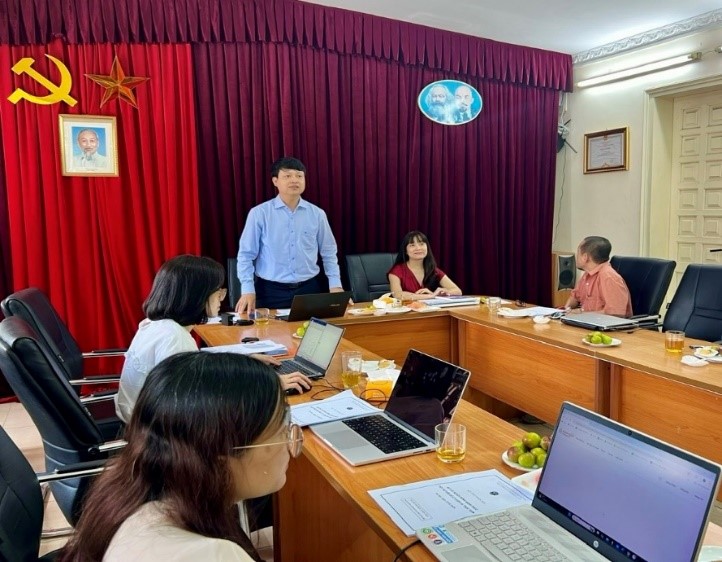 Hội thảo khoa học: "Bộ chỉ số gia đình hạnh phúc: Một số vấn đề lý luận và thực tiễn"
Hội thảo khoa học: "Bộ chỉ số gia đình hạnh phúc: Một số vấn đề lý luận và thực tiễn"
-
 Tọa đàm khoa học "Vận dụng lý thuyết trong nghiên cứu khoa học xã hội"
Tọa đàm khoa học "Vận dụng lý thuyết trong nghiên cứu khoa học xã hội"
-
 Hội nghị Đối thoại giữa Chi ủy, Lãnh đạo viện với đảng viên, viên chức và người lao động Viện nghiên cứu Gia đình và Giới 6 tháng đầu năm 2024
Hội nghị Đối thoại giữa Chi ủy, Lãnh đạo viện với đảng viên, viên chức và người lao động Viện nghiên cứu Gia đình và Giới 6 tháng đầu năm 2024
-
 Chi bộ Viện nghiên cứu Gia đình và Giới tổ chức sinh hoạt chuyên đề: Đoàn kết thống nhất trong Đảng theo tư tưởng Hồ Chí Minh
Chi bộ Viện nghiên cứu Gia đình và Giới tổ chức sinh hoạt chuyên đề: Đoàn kết thống nhất trong Đảng theo tư tưởng Hồ Chí Minh
-
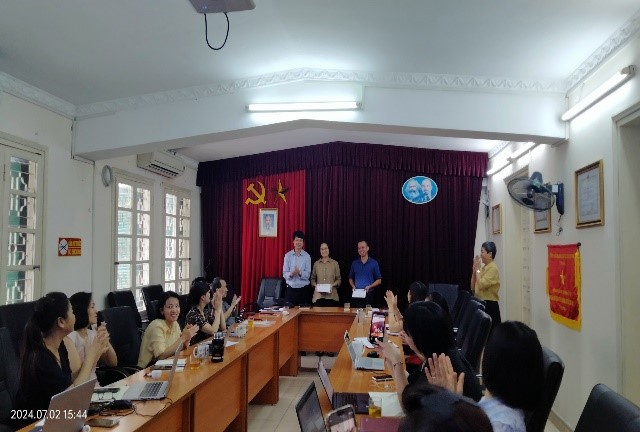 Cuộc thi “Nét đẹp và giá trị gia đình Việt Nam” hưởng ứng Ngày Gia đình Việt Nam 2024
Cuộc thi “Nét đẹp và giá trị gia đình Việt Nam” hưởng ứng Ngày Gia đình Việt Nam 2024
-
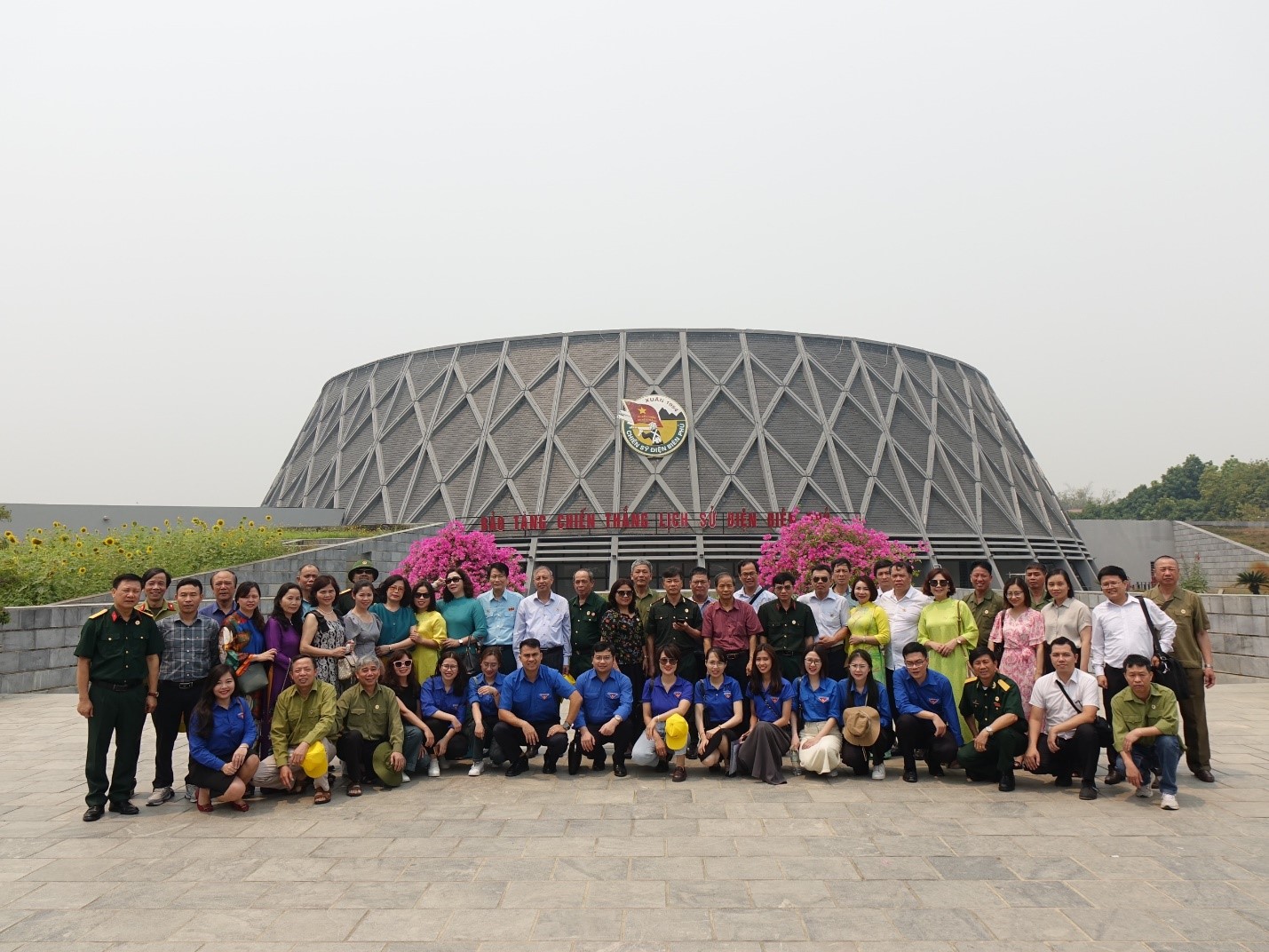 Hội Cựu chiến binh, Đoàn Thanh niên Viện Hàn lâm Khoa học xã hội Việt Nam đi thăm lại chiến trường xưa Điện Biên Phủ
Hội Cựu chiến binh, Đoàn Thanh niên Viện Hàn lâm Khoa học xã hội Việt Nam đi thăm lại chiến trường xưa Điện Biên Phủ
- Tổng mục lục Tạp chí 2023
-
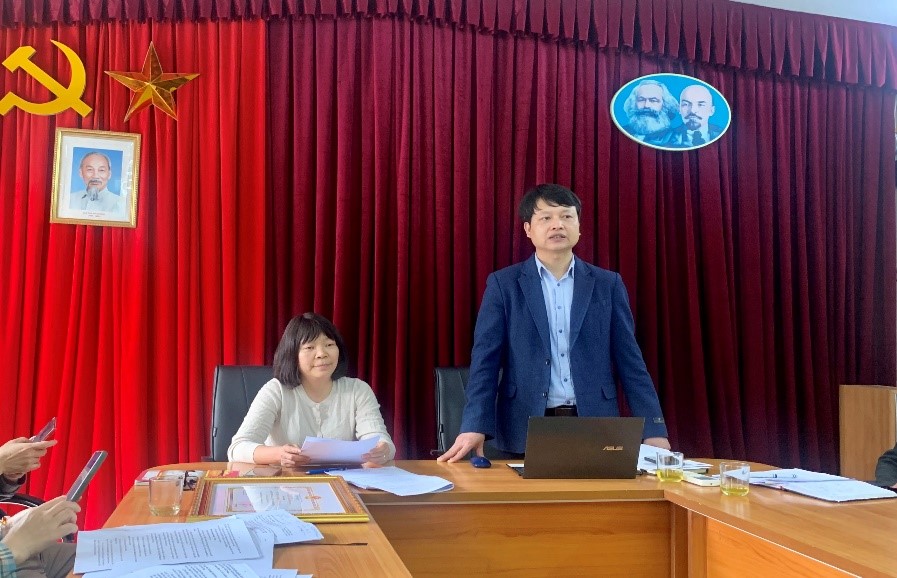 Viện nghiên cứu Gia đình và Giới phát động phong trào thi đua và ký Giao ước thi đua năm 2024
Viện nghiên cứu Gia đình và Giới phát động phong trào thi đua và ký Giao ước thi đua năm 2024
Liên kết web
Số lượt truy cập
81
4743599
Chi tiết tạp chíNo. 2 - 2022
Solutions to Narrowing Gender Inequalities in the Mining Sector of Ethiopia
Ethiopia is Africa’s oldest independent country and its second largest in terms of population. However, academic literature about Ethiopia is still limited in Asian countries, including Vietnam. Most papers and reports about Ethiopia and Africa are crafted by international development agencies. This paper identifies gender issues in the mining sector of Ethiopia with the use of secondary data and life experience (the author visited Ethiopia in 2019 and did gender analysis and training on gender). The paper emphasizes that the links between gender equality and women’s empowerment and the mineral sector development are increasingly recognized in Ethiopia. Although the Government of Ethiopia has put a lot of effort in promoting gender equality in the mining sector, different gender issues still exist which hampers the sustainable development of this industry. The paper, on the one hand, contributes to the enrichment of academic literature about Africa. On the other hand, the paper suggests a solution to mainstream gender in public policy to make it gender responsive, to better satisfy the needs and expectations of workers in the mining sector. In addition, the author aims to share with scholars in Vietnam about gender equality and sustainable development in Ethiopia - a beautiful African country, but one which has rarely been academically written about.
Gender Differences in Parent-Adolescent Conflict
This article aims to investigate gender differences in parent-adolescent conflict. Using survey data from research conducted by Institute for Family and Gender Studies in 2020 in Ha noi, study employs self-report data from a sample of adolescents in two high schools in Hanoi: one urban school and one rural school. The finding shows that adolescent has conflict with mother more than with father. Mothers take part in adolescents’ daily life more than fathers but when facing conflicts, fathers have more negative reactions. Regarding adolescent gender, male adolescent, compared to female adolescents, reports more conflict with parents.
Under the influence of historical, economic, cultural, social, and policy factors, the Tay and Kinh people in Chi Lang District, Lang Son Province, Viet Nam have long lived in the same area. Mixed marriage between two ethnic groups, therefore, is an inevitable result of a long-term co-resident process, which has contributed to the acculturation between the two ethnic groups. This paper is the result of a fieldwork research conducted from 2012 to 2016 using the methods of Anthropology and applying acculturation theory. The author discusses the current status of mixed ethnic marriage in Chi Lang District in the early years of the third millennium, thereby pointing out the impacts of acculturation on the change of family relations within the scope of mixed ethnic families between the Tay and the Kinh in Chi Lang with the focus on such aspects as labor division, children education, health care, and family belief activities.
Objectives: To describe female workers’ knowledge and practice on breast cancer prevention and early detection at the 10th Garment Joint Stock Company in 2017. Method: Cross-sectional description of 259 female workers. Results: 23.9% knew about factors that increased the risk of breast cancer, 21.6% knew that there was no vaccine to prevent cancer, 11.6% knew the age that was susceptible to cancer and only 22.8% of female workers had good knowledge of cancer prevention. The rate of having never heard of breast self-examination method was 56.8%, mammography was 65.3%, the rate of having knowledge about breast self-examination method was only 19.7%, the time of performing breast self-examination was 28.2% and and the rate of knowledge of early signs of breast cancer was only 13.9%. The percentage of female workers with good practice on prevention and early detection of breast cancer was 79.9%, 100% of female workers did not smoke or drink alcohol, 53.3% of them consumed enough green vegetables as recommended; and 40.9% of them have a low-fat diet. The rate of self-assessment as a good practice for early breast cancer detection methods was very low: breast self-examination (11.2%), breast examination at specialized health facilities (22.8%), and mammography (8.1%). Conclusions: There is a disparity in knowledge and practice of breast cancer prevention and early detection among 259 female workers. The percentage of workers with correct knowledge about breast cancer prevention and methods of early detection of breast cancer was low, the percentage of female workers had good practice on prevention and early detection of cancer was quite high, but the rate of good practice when self-assessing practices of early detection methods was very low. Breast self-examination was less accurate and however, regular self-examination would detect breast abnormalities early, increase the chances of treatment, and prolong the patient's life.
Labour Division and the Exposure to Air Pollution of Men and Women Working in the Craft Villages
Craft villages in Vietnam have created employment, making an important contribution to the economic development in rural areas. However, workers in craft villages face many risks arising from working in polluted environments, including air pollution. This article, based on qualitative data collected in some craft villages in Hanoi, reflects the exposure to air pollution associated with the labour division of men and women in craft villages, and its influences on the world of work of men and women. It is found that men often do more strenuous work and they are directly exposed to harmful emissions more than women. Nevertheless, women spend more time at craft production sites due to their less mobility compared to men, hence, the time that women are exposed to air pollution in the workplace appears to be more than that of men. Women also report more health problems relating to polluted air at the workplace. However, incomes of women in craft production facilities are lower than men's because the payment is usually based on the heavy nature of the work with little consideration of air pollution risks.

